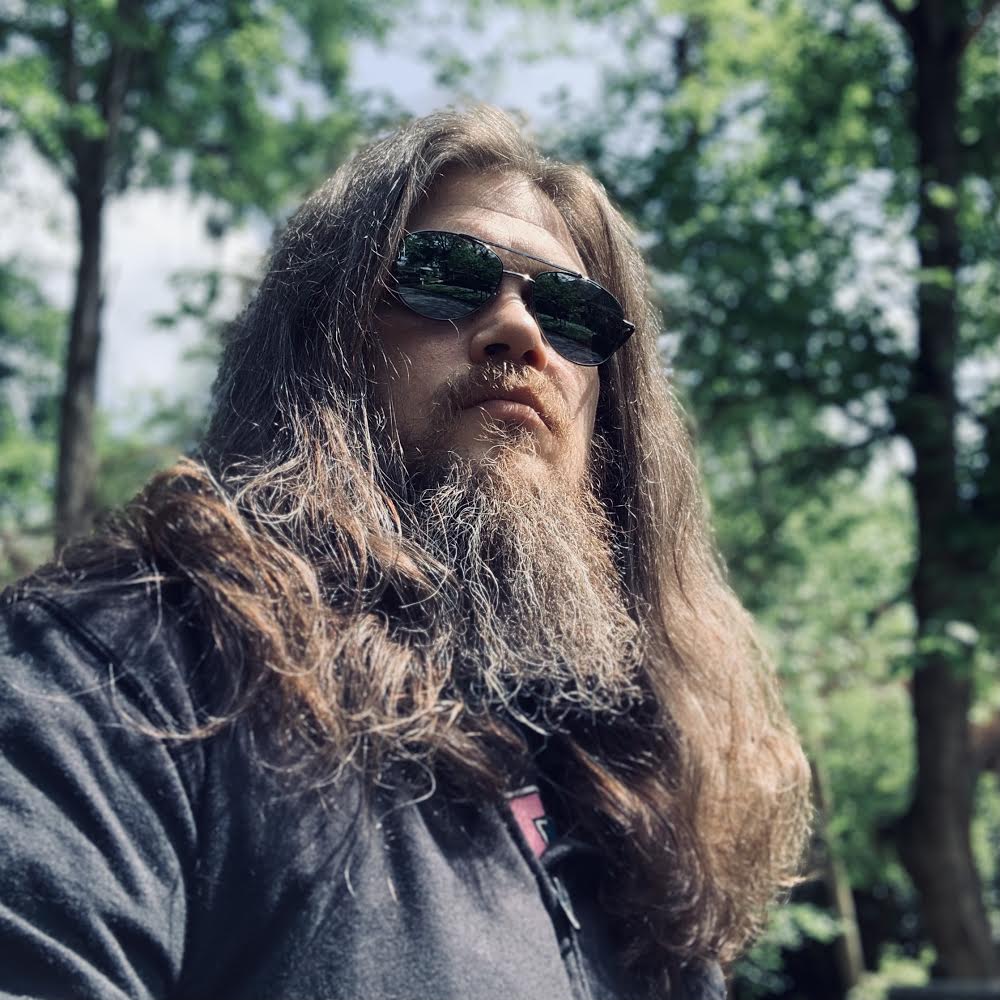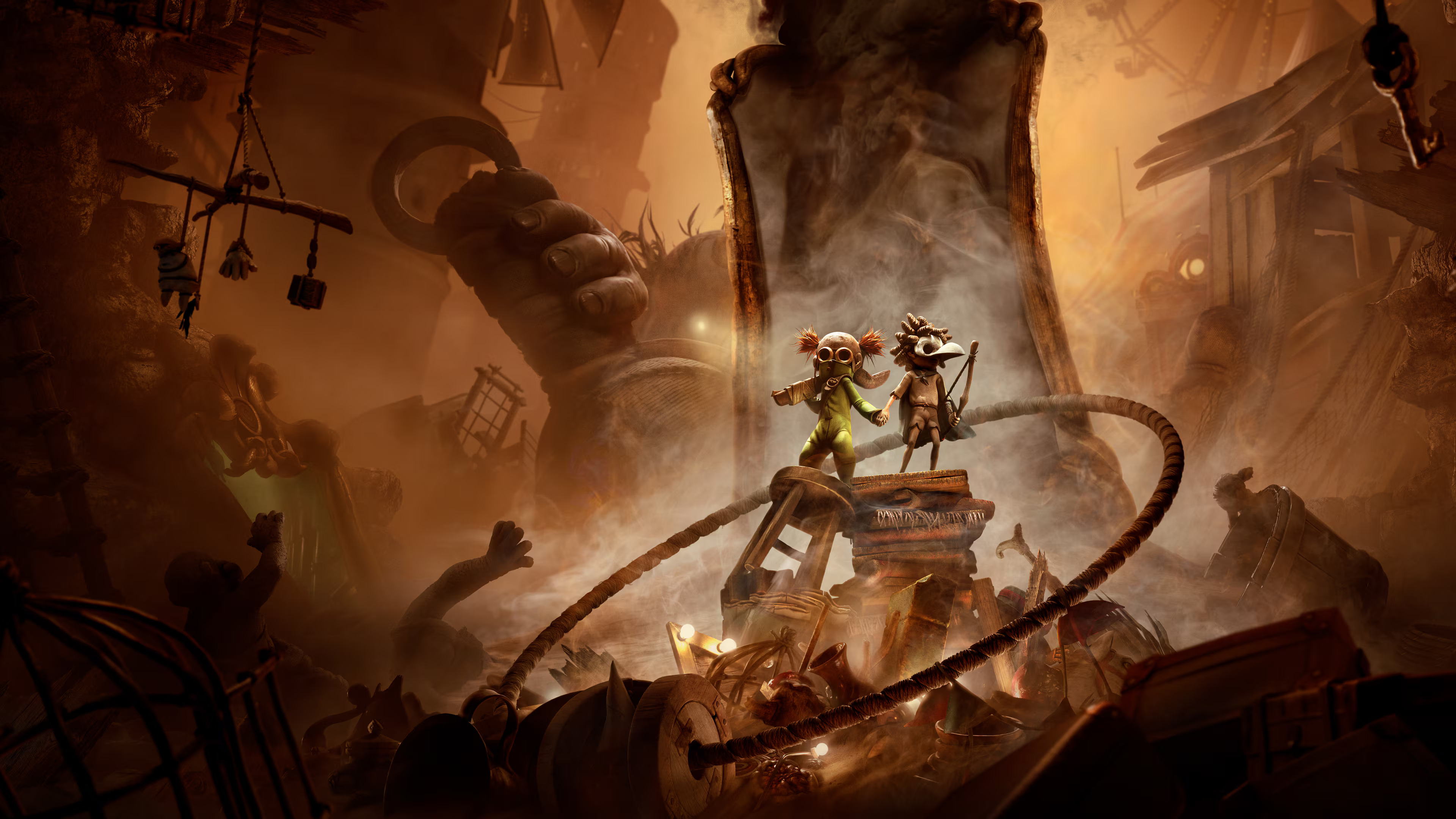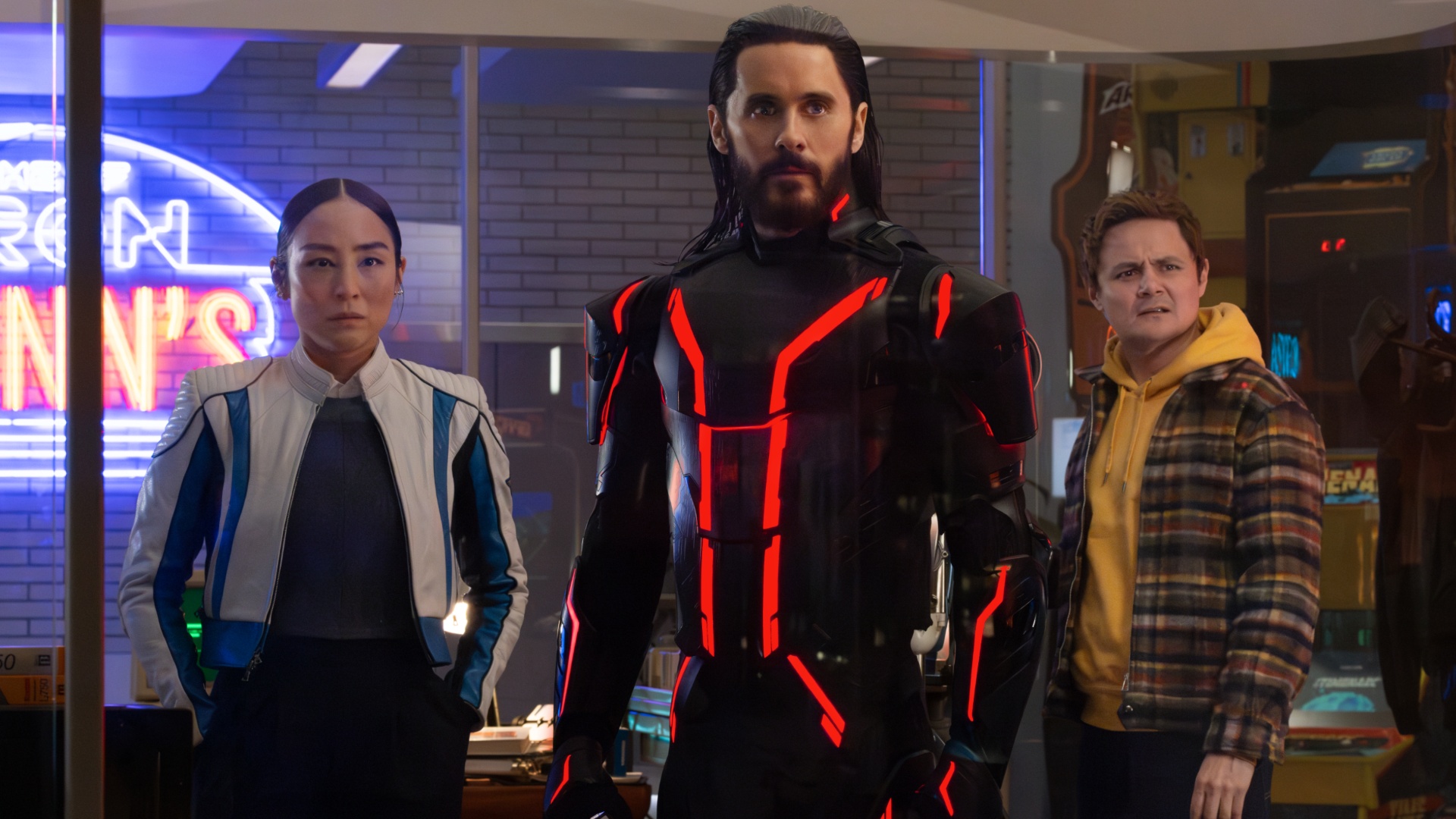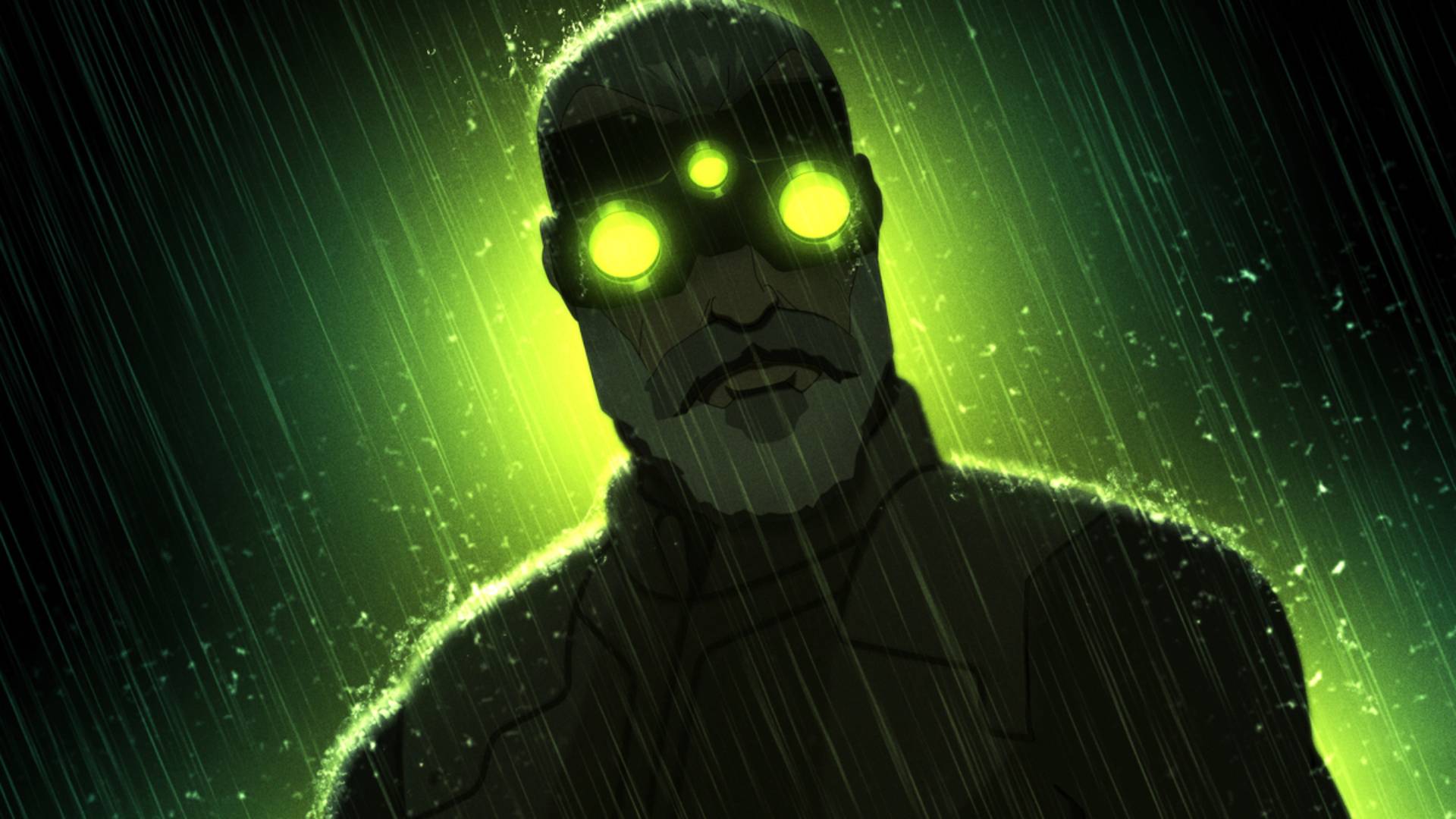The best superhero headquarters and hideouts of all time
Caves, satellites, mansions, and fortresses make the best superhero headquarters
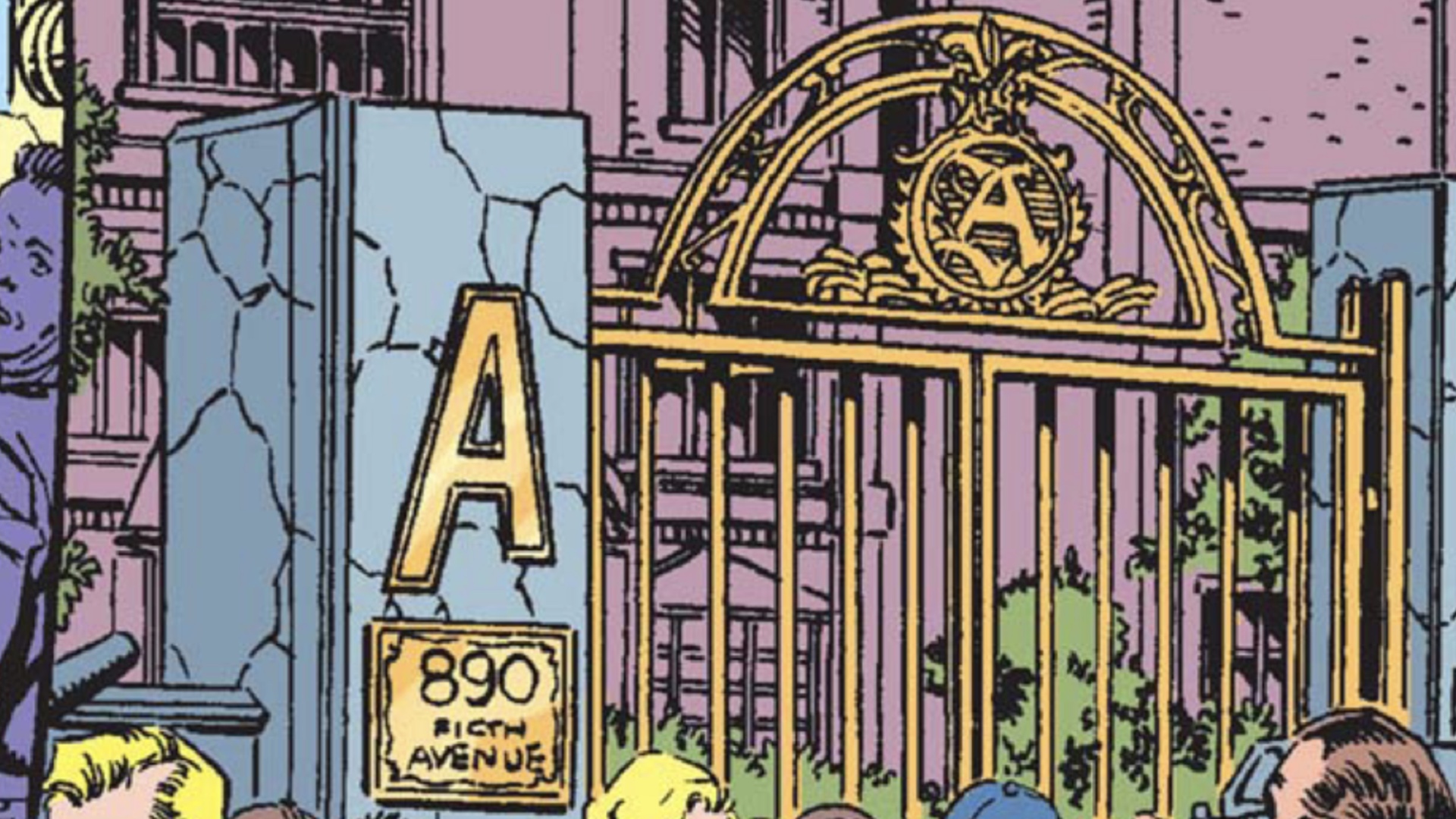
There are many iconic superhero trappings: the costume, the car, the gadgets. But there's one trope in comic books that truly stands out – the secret lair. Who hasn’t imagined their home, bedroom, or office as one of the best superhero hideouts of all time? Their Fortress of Solitude, their Sanctum Sanctorum – you know, the place where you can hang up your cape, kick back, and just revel in your own crime-fighting prowess?
We're not talking about fictional locales, like Wakanda, Oa, or Atlantis. We're talking about the hideouts and headquarters where heroes make their homes. But like all people, sometimes superheroes have to move. With that in mind, we thought we'd look through the annals of comic book lore and pick out the very coolest, most iconic, and ultimate best superhero headquarters in comic books.
Spawn's Alley
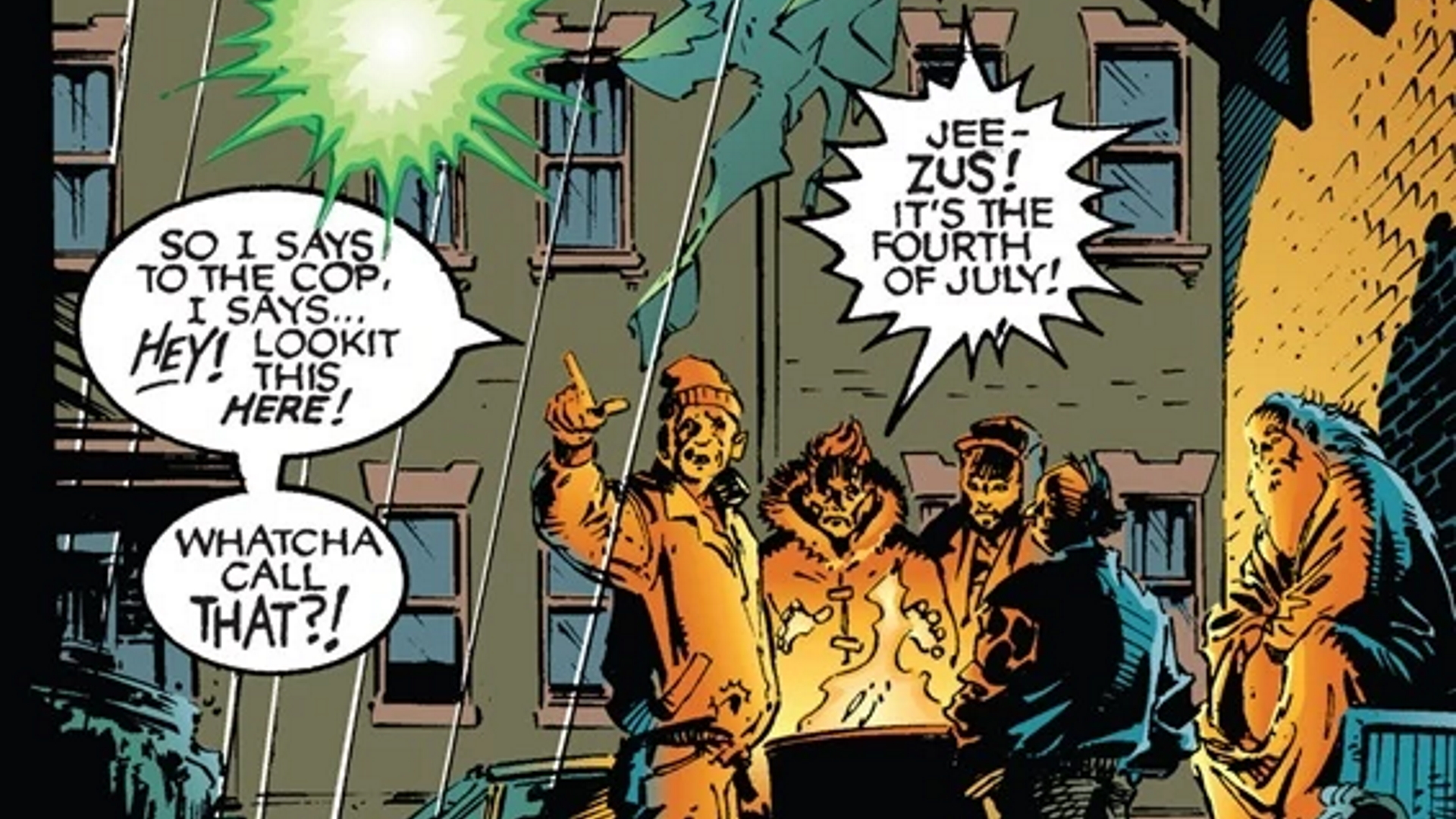
An alley may seem like a strange headquarters for a superhero, but Spawn isn't your average crimefighter.
After selling his soul to the devil in exchange for a new chance at life, Al Simmons found himself returned to Earth disfigured, and possessed of a symbiotic suit that granted him a limited amount of incredible power.
Unable to escape his fate despite his own abilities, Spawn chose to remain among the destitute and downtrodden, becoming something of an unlikely symbol of hope to the homeless population of Rat City, the collection of alleys and side-streets he called home.
The Legion Clubhouse
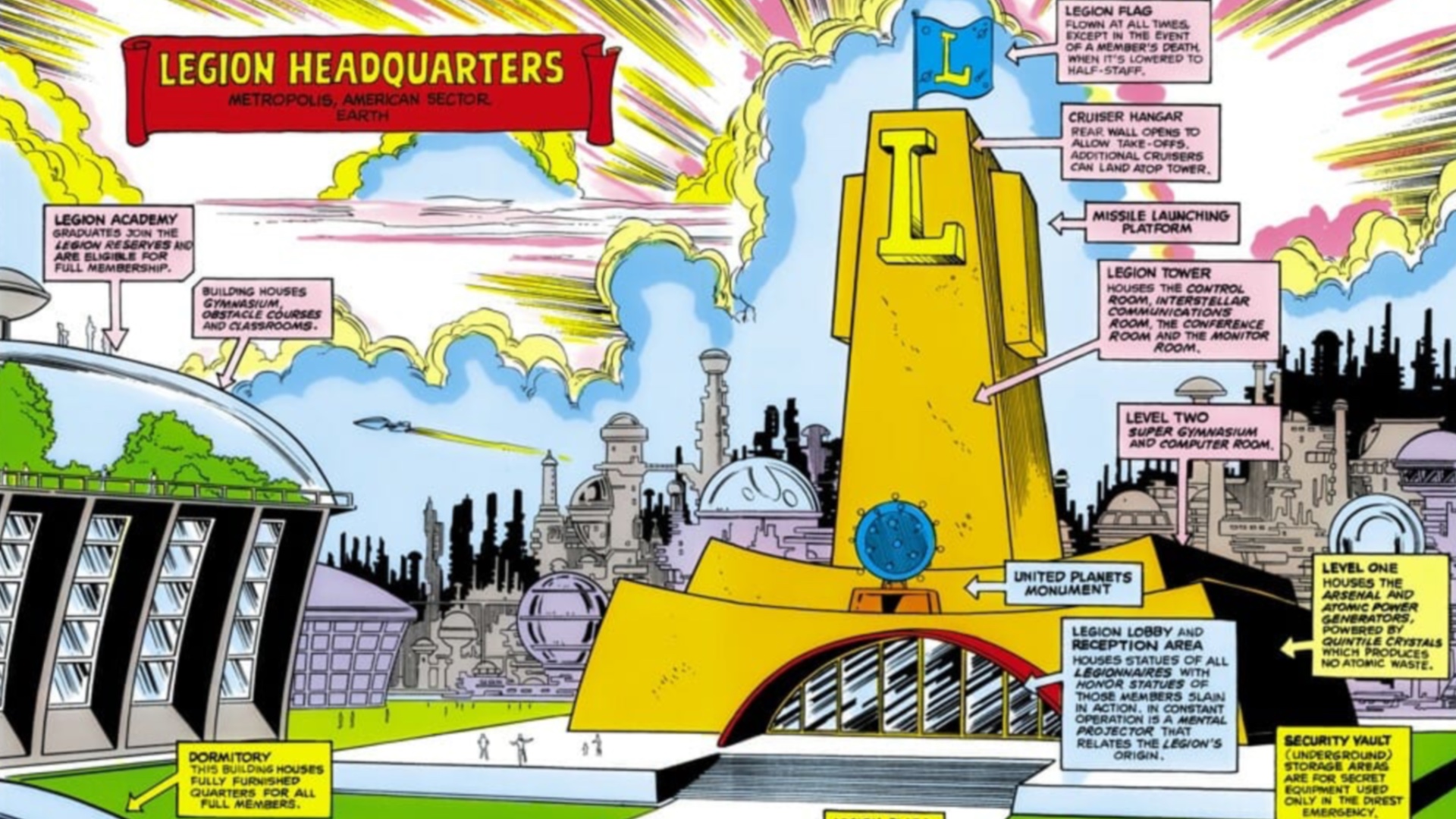
Crafted to look like an enormous, inverted version of the rocket ship that brought the team's inspiration Kal-El to Earth, the original headquarters of the Legion of Super-Heroes was as much a state-of-the-art heroic home base as it was a hang-out spot for the team's youthful roster.
Sadly, the Legion's Clubhouse was later destroyed by their arch-enemies the Fatal Five, which prompted the team to build a new HQ in Smallville, once again honoring Superman by placing their Legion Citadel on the site where he arrived on Earth a thousand years prior.
Get the best comic news, insights, opinions, analysis and more!
Dr. Strange's Sanctum Sanctorum
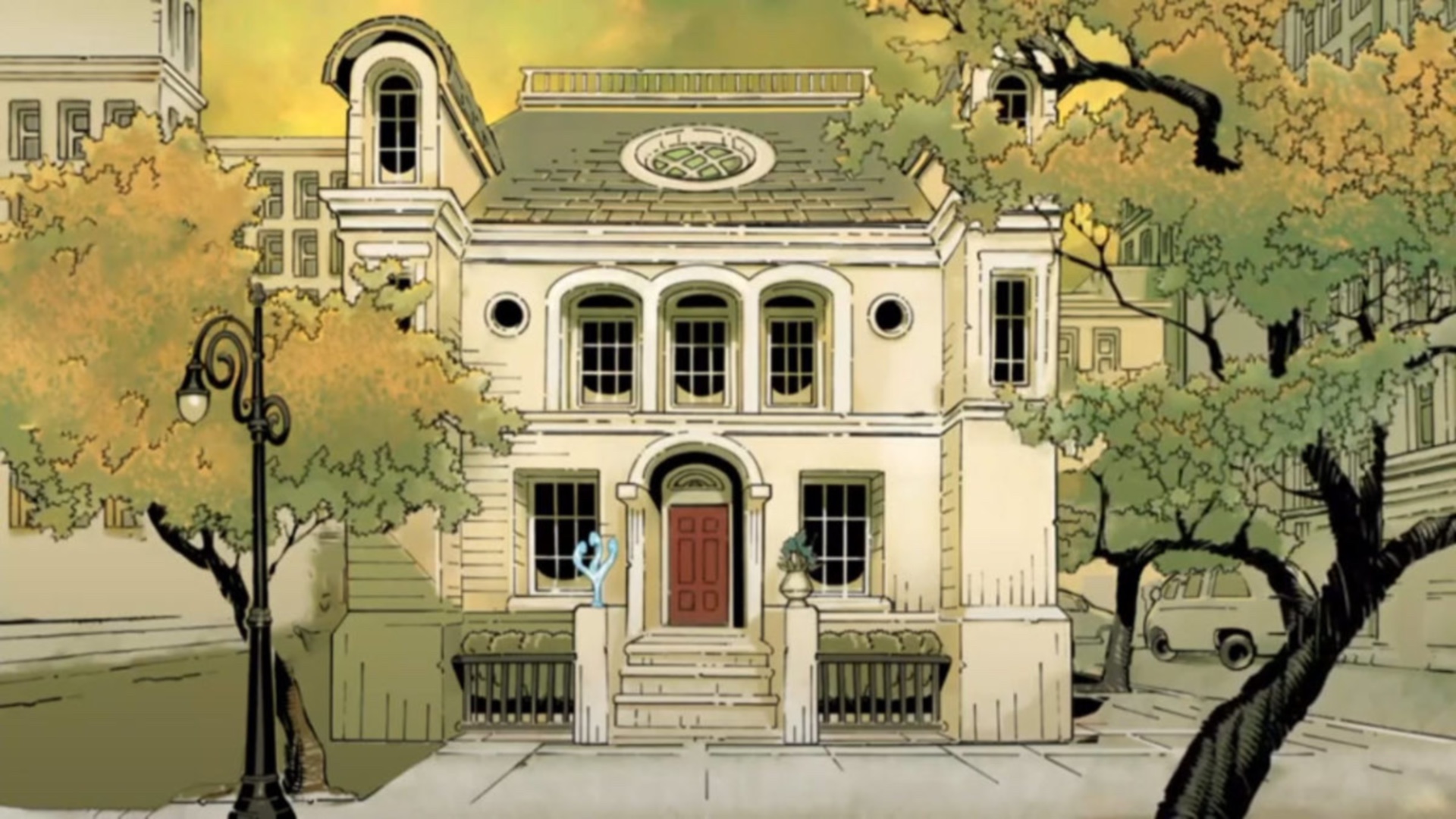
We had to include Dr. Strange’s Sanctum Sanctorum, because, according to Google Maps, it's a real place!
177A Bleecker Street may seem like an innocuous address, but a quick Google Maps search will reveal that it is, in fact, the location of Dr. Strange's lair, his Sanctum Sanctorum. Within the walls of this unassuming brownstone lies a matrix of the Marvel Universe's most mystical objects and locations.
The Sanctum Sanctorum is the place where Strange goes to escape from this reality – and, at times, all others. It even served as a temporary headquarters for a squad of Avengers when they were actively dodging the Superhuman Registration Act – something that was introduced in Captain America: Civil War.
On film, the Sanctum Sanctorum was one of three buildings that act as magical seals, protecting the Earth from extra-dimensional intruders and a key location in Avengers: Infinity War.
The S.H.I.E.L.D. Helicarrier
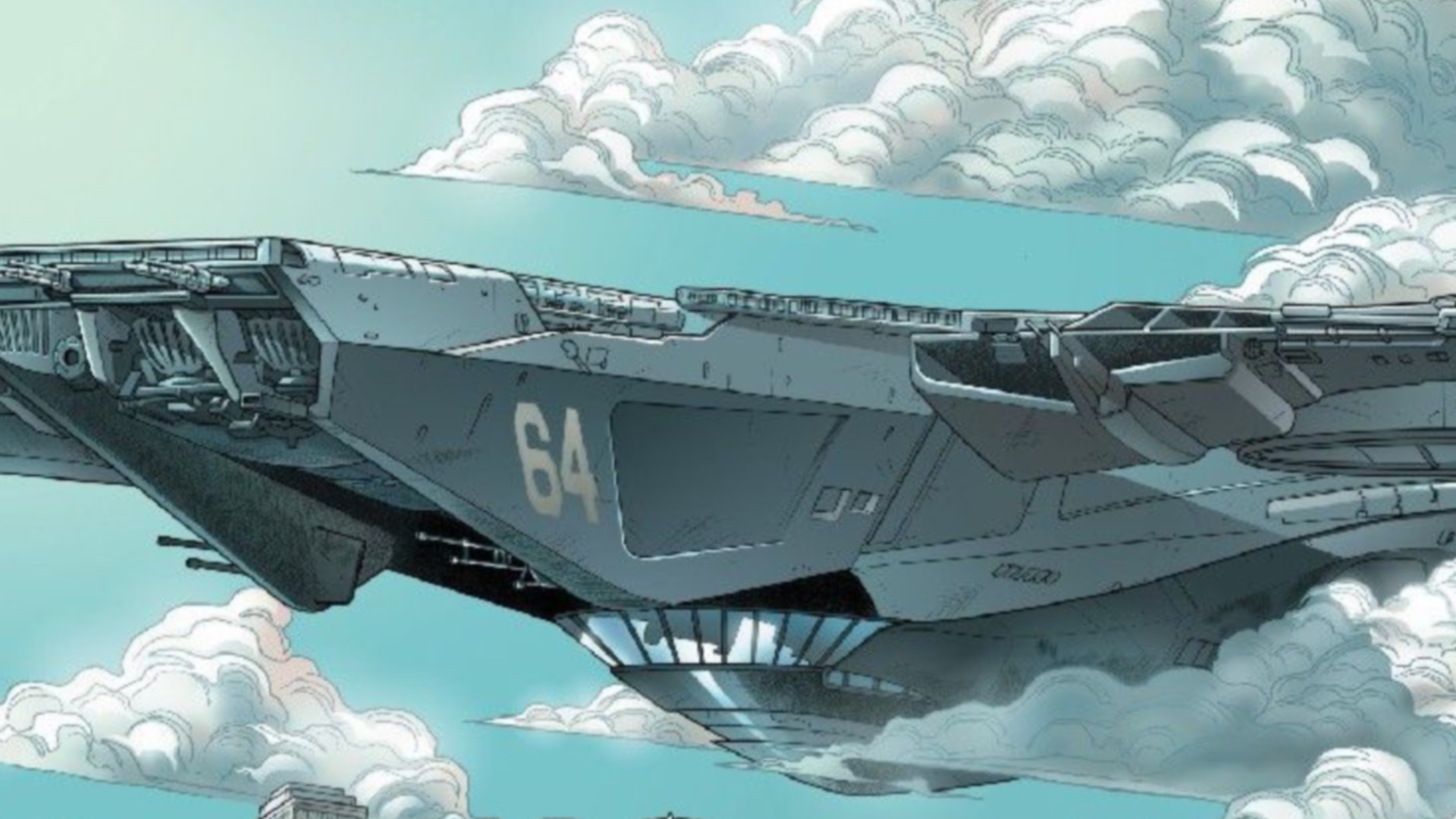
The S.H.I.E.L.D. Helicarrier is unique in that it could be considered a vehicle as well as a base. But this mobile headquarters is less about getting from point A to point B, and more about ensuring that the agents of S.H.I.E.L.D. have a nigh-invulnerable platform to arrive wherever they are needed the world over.
Of course, that nigh-invulnerability has been put to the test plenty of times over the years, with the image of an exploding or crashing helicarrier being a universal symbol of big, big trouble in the Marvel Universe.
It's that image that capped off (pardon the pun) Captain America: The Winter Soldier, allowing the helicarrier to make a triumphant return in Avengers: Age of Ultron.
Avengers' Tower
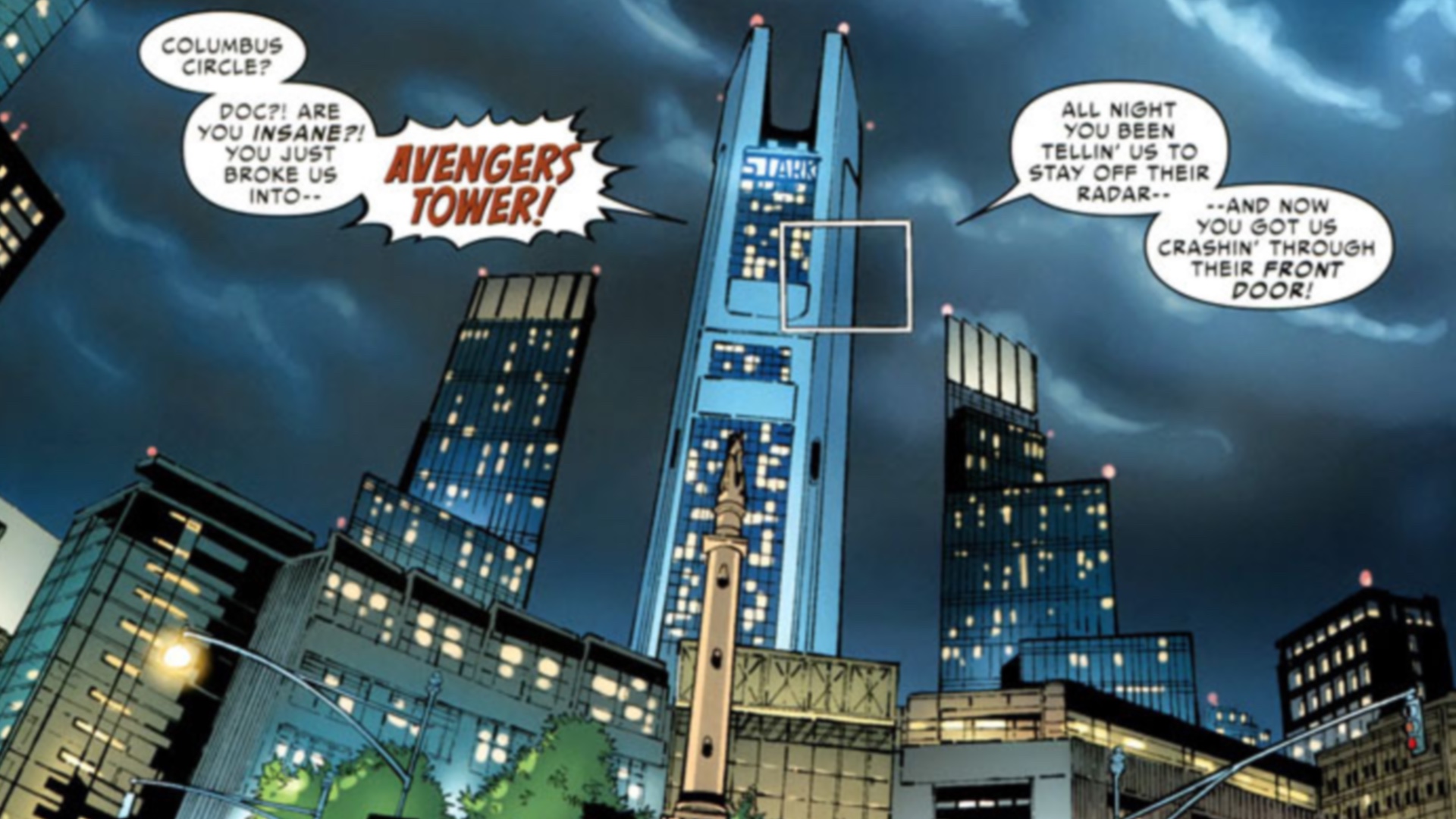
The Avengers spent most of their history in the slightly more down-to-Earth Avengers Mansion. But when the Mansion was destroyed as part of "Avengers: Disassembled," Tony Stark moved the team into a state-of-the-art penthouse headquarters.
The Tower has served as the home of numerous Avengers teams over the years, even being taken over by Norman Osborn and his villainous Dark Avengers when Osborn was given Stark's place as the head of S.H.I.E.L.D., which he promptly dismantled and turned into H.A.M.M.E.R.
Avengers Tower made its film debut in Avengers: Age of Ultron when the building that was originally Stark Tower was repurposed to house the team for a time. And most recently, they lived inside a whole mountain built around the massive corpse of a Celestial, which they named Avengers Mountain.
The Hall of Justice
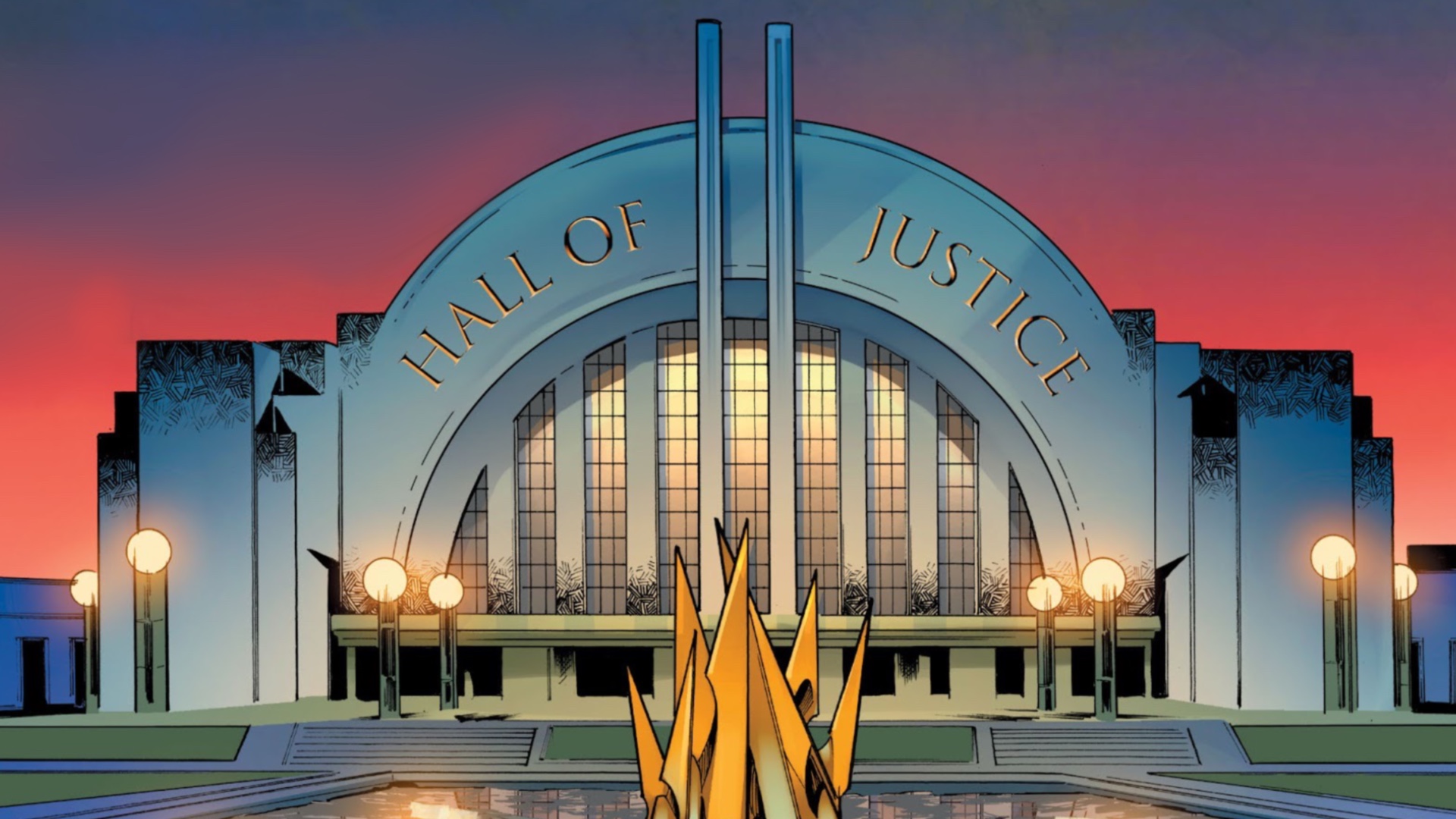
"Meanwhile, at the Hall of Justice…"
Based on Cincinnati's Union Terminal, The Hall of Justice may be most iconic for its involvement in the Super Friends cartoon, where it served as the home base of the Justice League over several incarnations of the show, but it actually did finally make it to comics when Justice League of America was relaunched following Infinite Crisis.
That version of the Hall of Justice was also linked to a rebuilt version of another iconic Justice League HQ, the JLA Satellite (more on that later), and served as the Earthly center for the League's activities for several years.
The Justice League once again took up residence in the Hall of Justice with Scott Snyder's Justice League series, though the League is actually currently dormant and partially destroyed following the events of the recent Dark Crisis on Infinite Earths event.
Titans' Tower
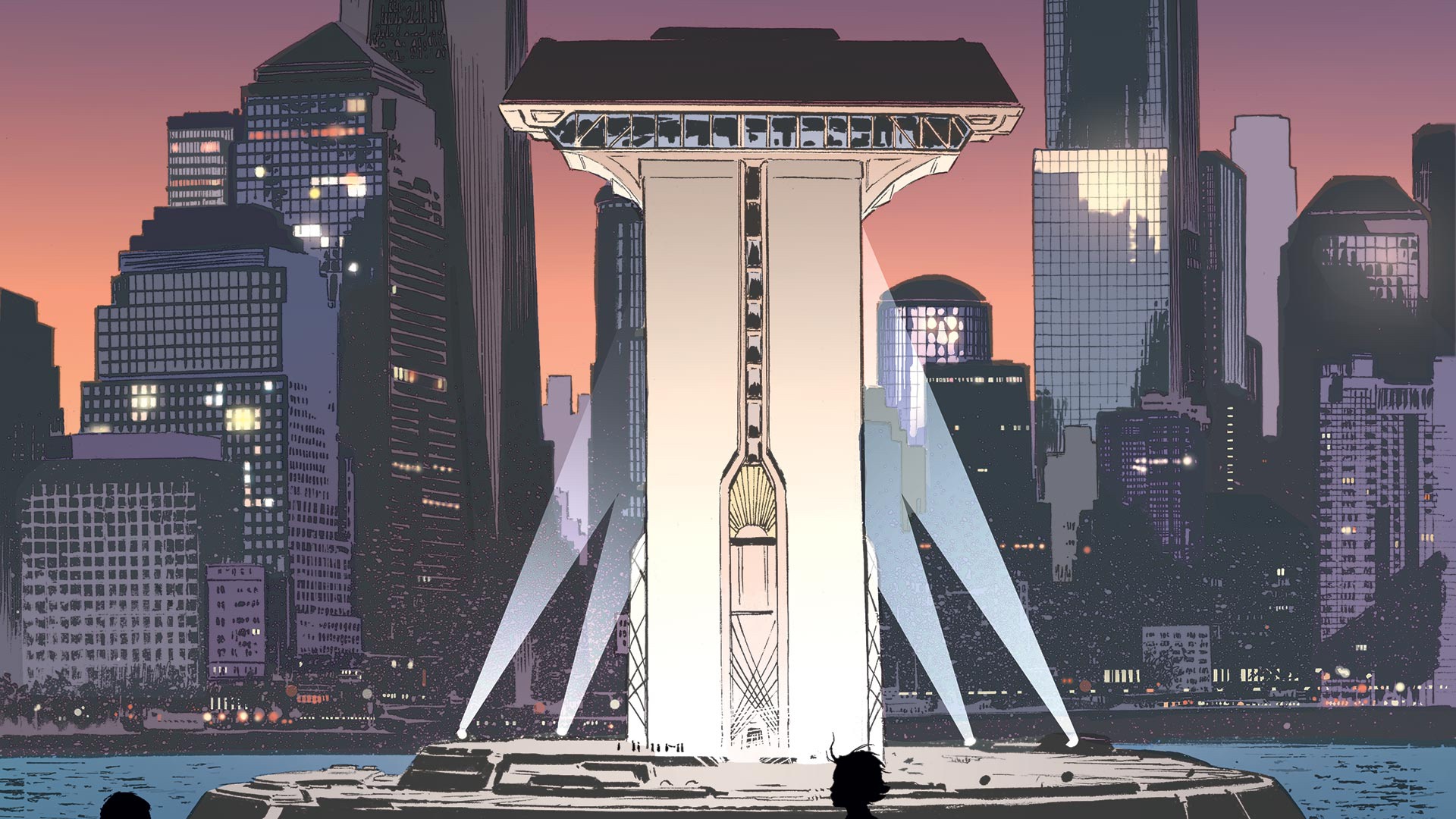
While the original Teen Titans didn't dwell in the iconic T-shaped Titans Tower, when it was introduced in New Teen Titans it quickly became a lasting symbol of the team. Built by Cyborg's father, Sylas Stone, the original Titans Tower was a technological masterpiece, serving as both the team's headquarters and its home away from home.
While characters like Dick Grayson and Wally West would often leave the Tower behind to return to their respective cities, other key members such as Cyborg, Raven, and Starfire called the Tower home year-round.
Though subsequent incarnations of the Tower have differed in origin, and in which characters populate the base, it has always maintained its iconic T shape, serving as a symbol of everything the Titans stand for.
Xavier's School for Gifted Youngsters
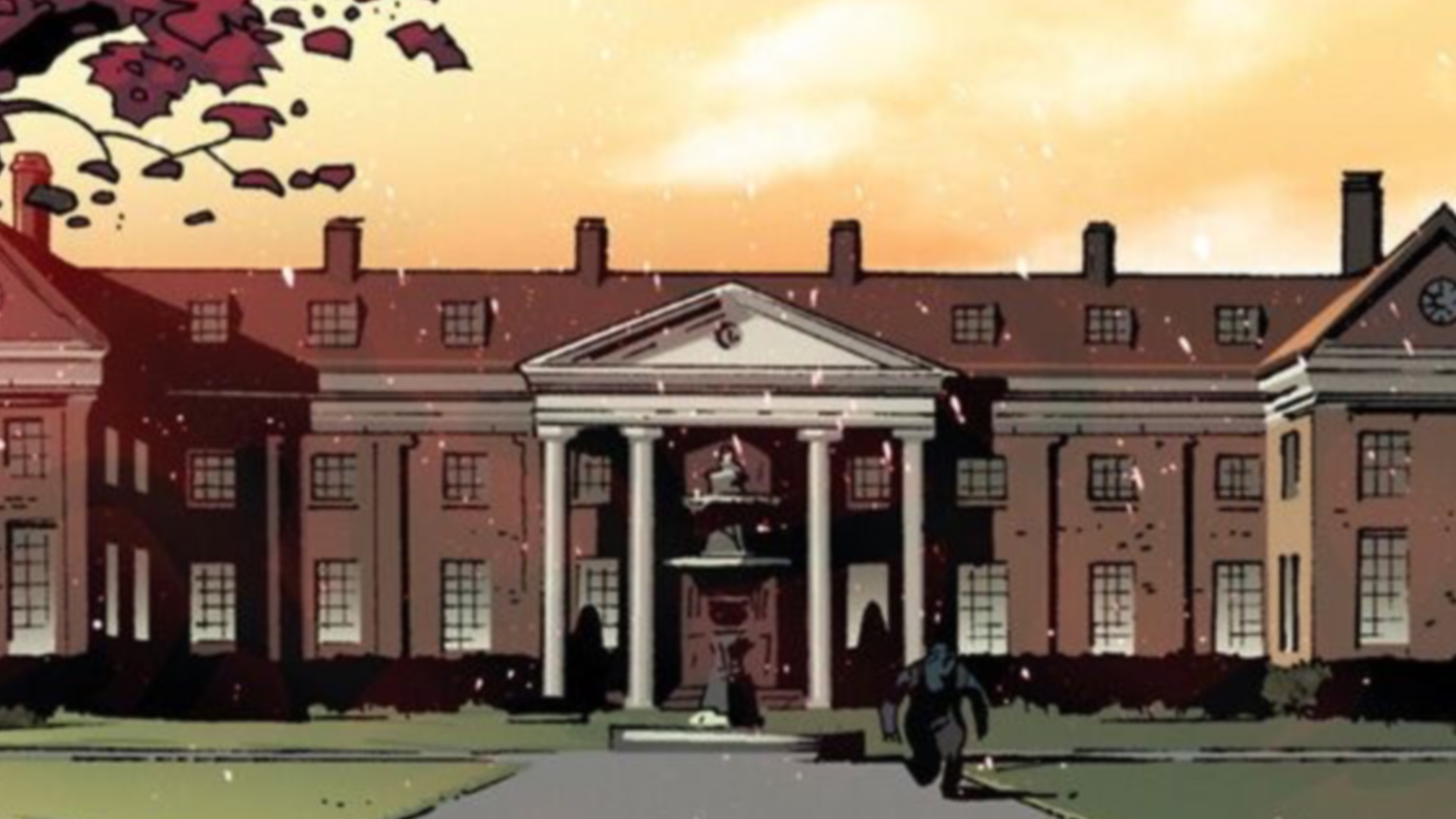
While it started out as Xavier's School For Gifted Youngsters, the mansion at 1407 Greymalkin Lane in Westchester, New York has served as a number of schools and headquarters for mutants over the years. The "X-Mansion," as it's sometimes called, houses the mutant fighting force along with other faculty, who help the school's numerous live-in students learn to control their mutant abilities.
The X-Mansion also holds the Danger Room, one of the most iconic locales in Marvel Comics, where all kinds of mechanical and holographic simulations using cutting-edge alien technology help the fighting mutants learn to harness their powers in combat. It's also the location of Cerebro, the mutant-finding computer that Xavier used to track down new students and mutant threats.
The school was destroyed, leading Cyclops to take the assembled mutants out west to Utopia, which was closer to an actual sovereign nation than a simple headquarters. However, it reopened later as the Jean Grey School under new headmaster Wolverine. When Wolverine died, Storm became headmistress, a role she still occupies.
Nowadays, the X-Men are headquartered in Central Park, while most of mutantkind dwells on the island of Krakoa, which is more of an actual location than a specific headquarters.
The Baxter Building
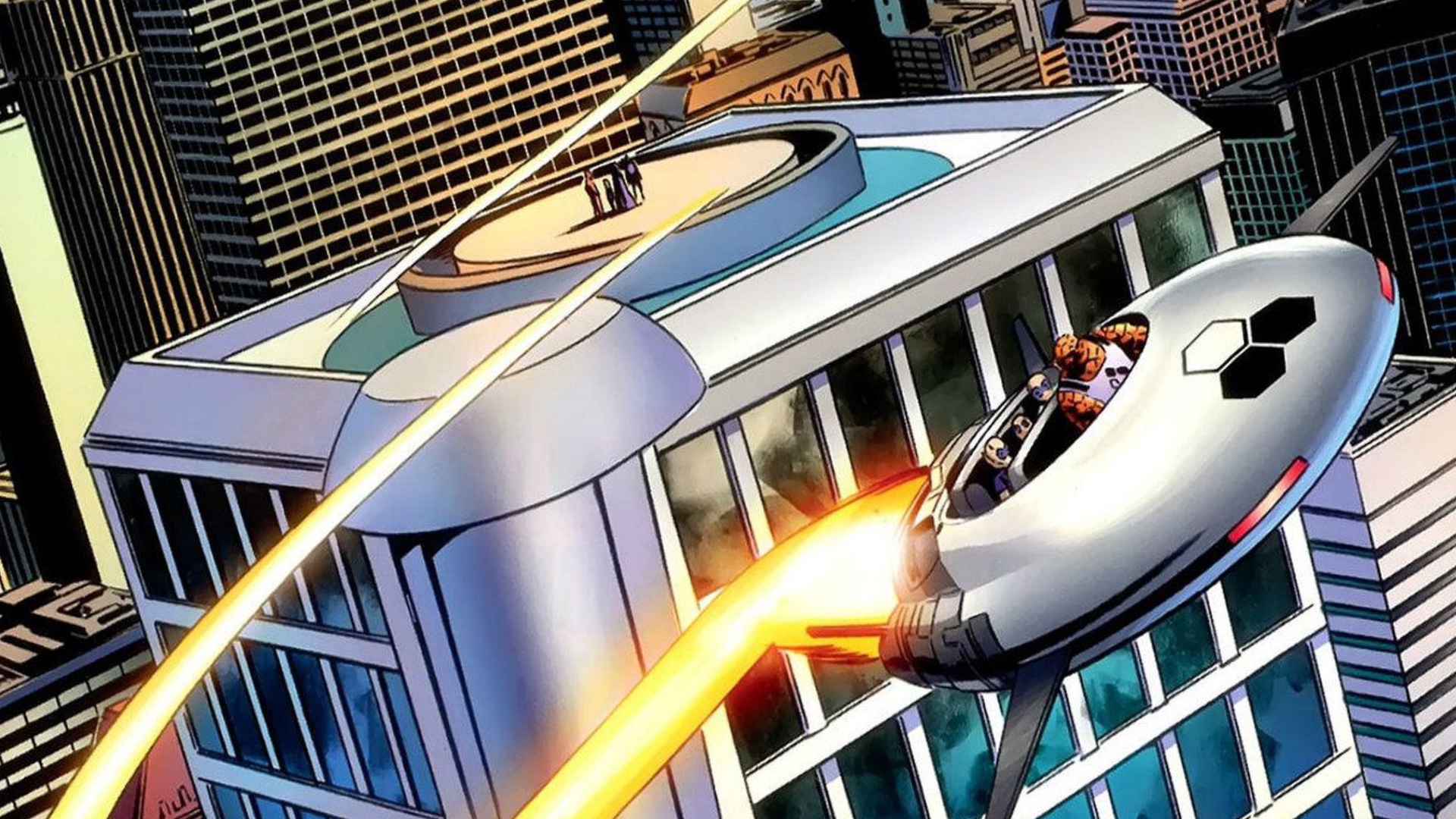
There is no greater hub of innovation and adventure in the Marvel Universe than the Baxter Building. The home of the Fantastic Four, the Baxter Building houses everything from rocketships to Negative Zone portals, to an entire school dedicated to educating the brightest, most intelligent young minds in all of Marveldom.
Even though the Fantastic Four themselves have been off the board since Secret Wars, the Baxter Building remained an important location, housing the New York headquarters of Parker Industries, the company owned by Peter Parker, A.K.A. Spider-Man – a one-time member of the Fantastic Four himself.
The most recent volume of Fantastic Four relaunched by taking the FF away from the Baxter Building and New York City altogether as they deal with the fallout of a still mysterious disaster that has changed public opinion of the team.
The JLA Satellite
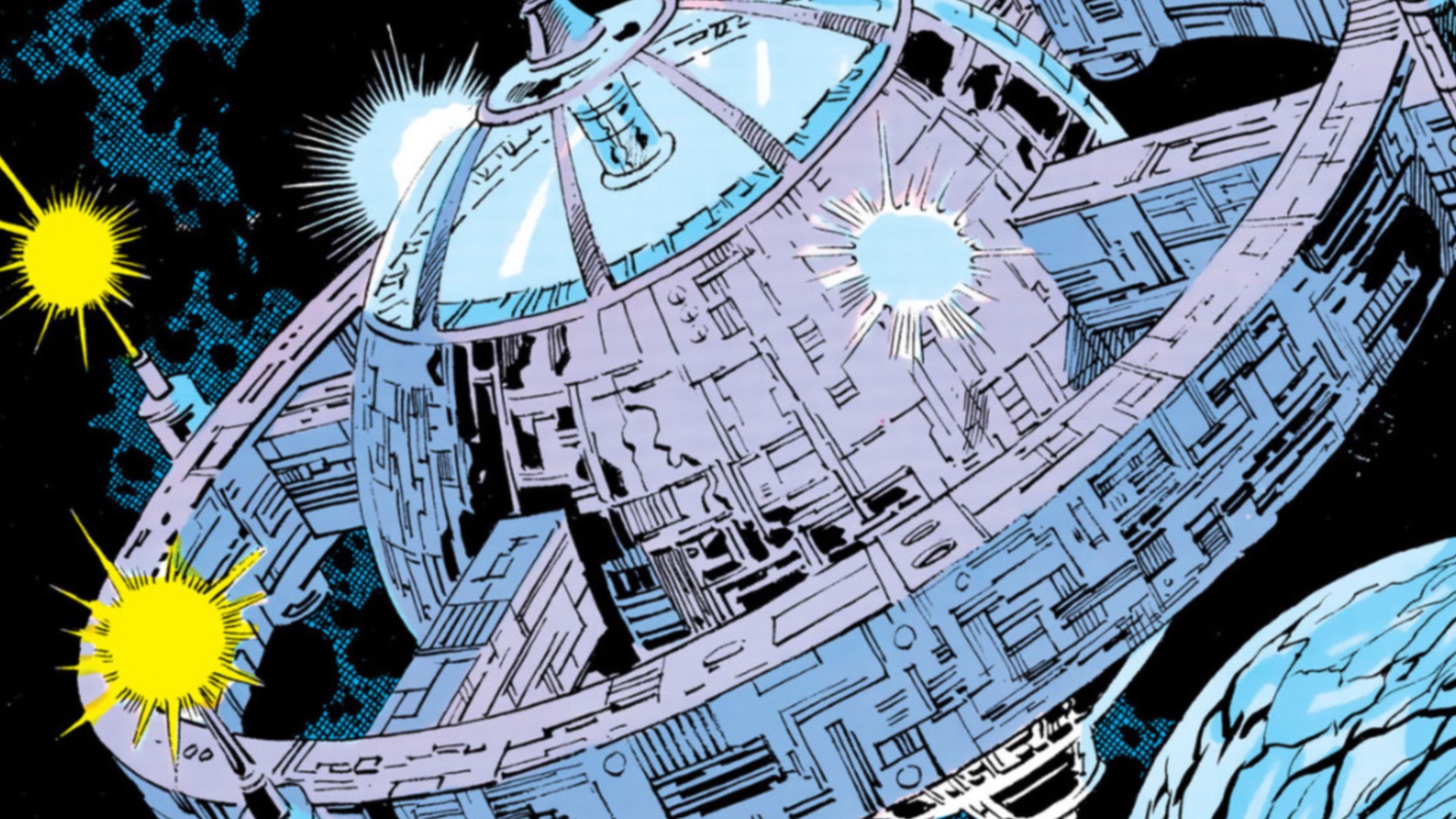
The iconic JLA Satellite is more than a mere headquarters for the world's greatest superheroes – it's a symbol of an entire era of Justice League comic books. The Satellite League, as the team that existed from the late '60s to the early '80s was called, was comprised of the greatest heroes of the DC Universe, from Superman, Wonder Woman, and Batman, to mainstays such as Green Arrow, the Atom, Hawkman, and Zatanna.
It's this era that truly defined much of what the classic Justice League was about, so it's no wonder so many subsequent versions of the League have paid homage to the Satellite HQ, from Grant Morrison’s lunar Watchtower to Justice League Unlimited's orbital version, to a newly redesigned satellite in the post-Infinite Crisis era.
Avengers' Mansion
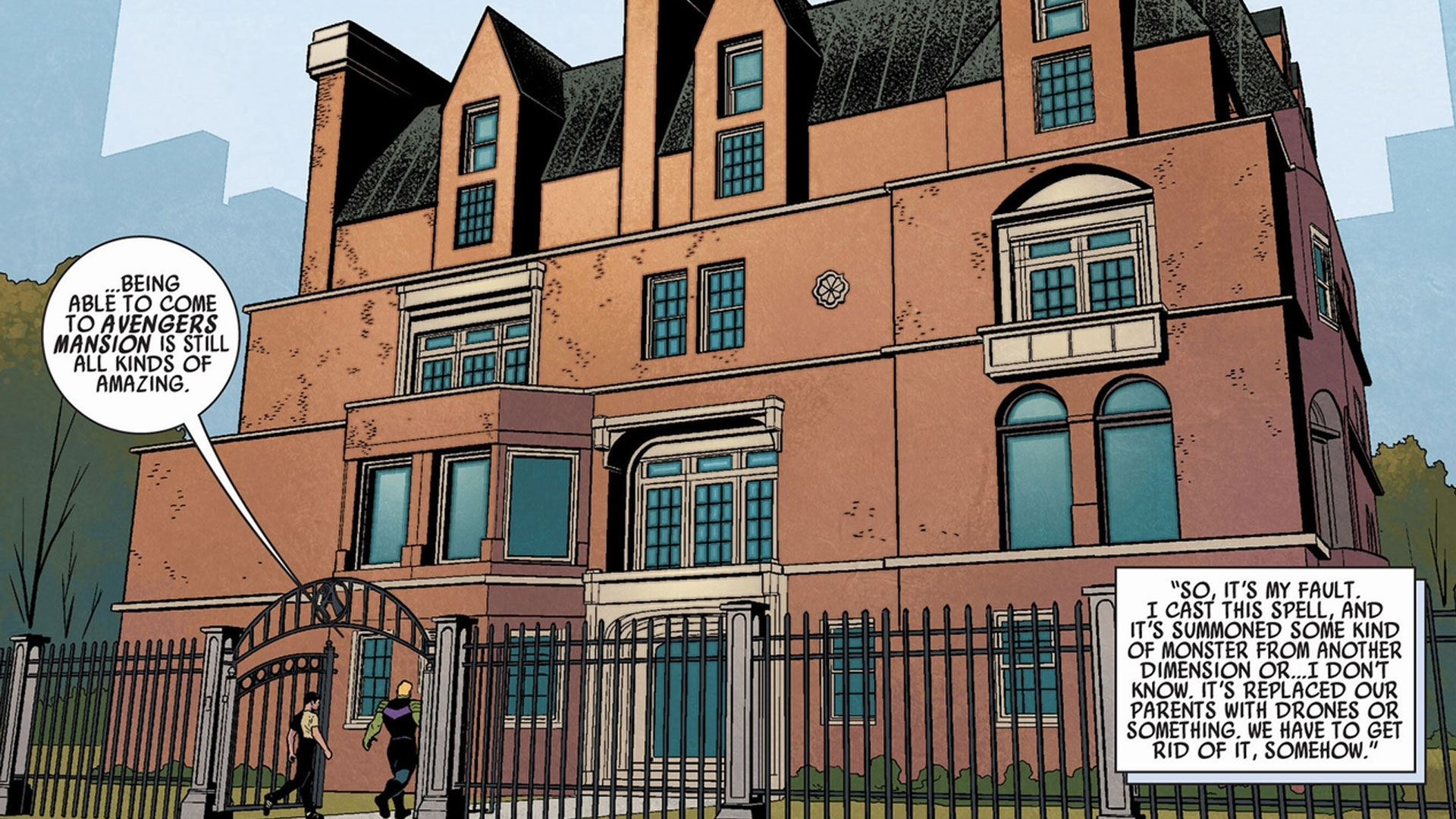
For years, the Avengers lived in a stately mansion at the heart of Manhattan, once owned by Tony Stark's family. When Stark helped found the team of Earth's Mightiest Heroes, he opened the mansion's doors – and the services of its faithful caretaker, Jarvis – to his teammates.
Over the years, the Mansion served as a permanent residence to many Avengers, including Captain America for several stints in his career. Though the mansion was destroyed several times over the years, notably when a veritable army of Masters of Evil razed it to the ground, it was always rebuilt, often better and with more amenities than before.
That is, until Scarlet Witch went bonkers, and used her powerful chaos magic to kill several Avengers and level the mansion one final time during "Avengers: Disassembled," leading Stark to build Avengers Tower. Of course, the mansion was eventually rebuilt again, this time with Stark selling it to Luke Cage for one dollar, to provide his nascent Avengers squad with a home of their own.
Later, it was revealed that the mansion underwent a surprising Michael Bloomberg/Times Square-style revamp as - wait for it - a theme hotel for tourists.
The Fortress of Solitude
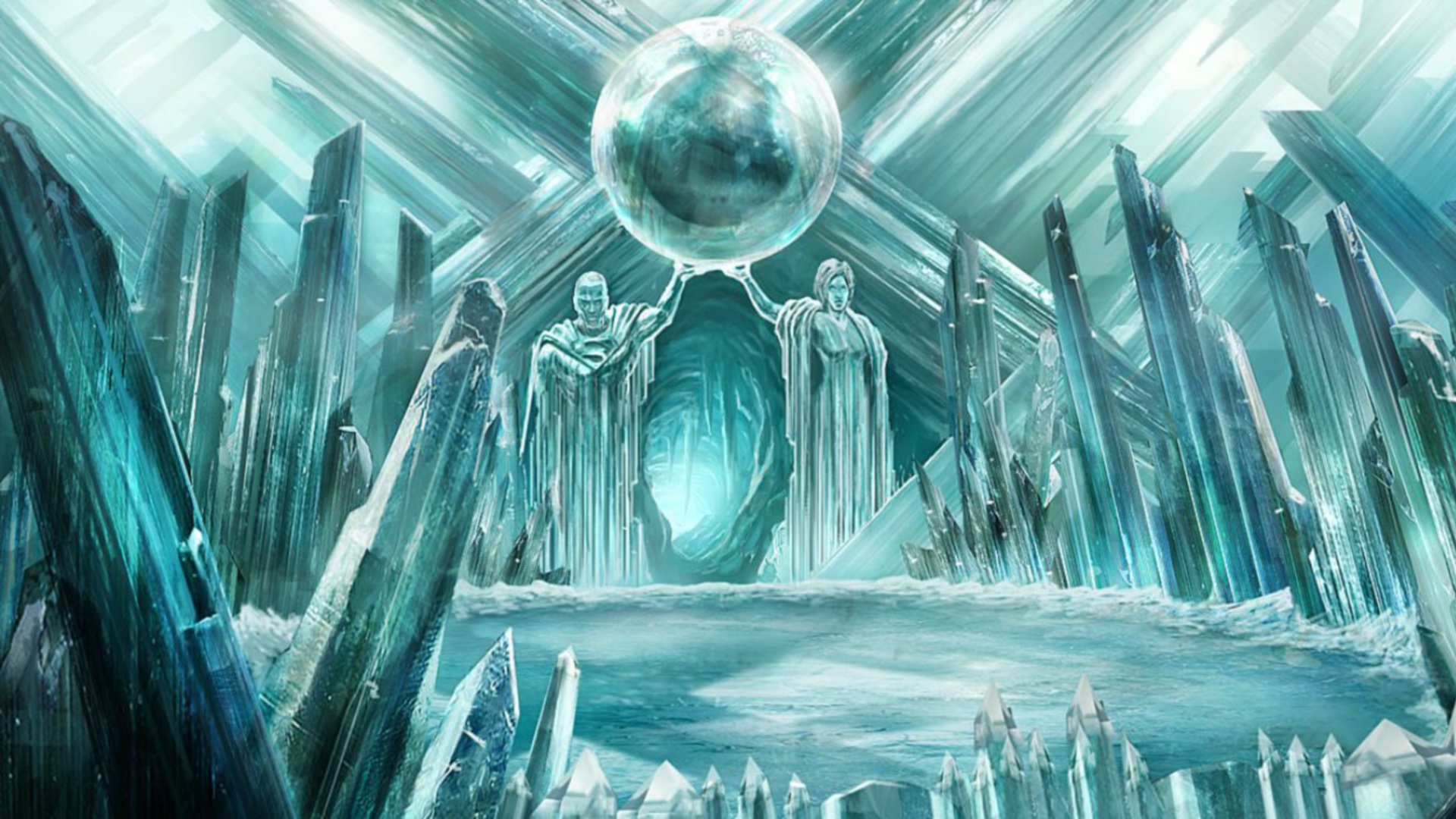
Superman's iconic Fortress of Solitude has served as a metaphor for an entire trope in fiction, with the term being used everywhere from other comic books to sitcoms, to comparative literature.
Itself taking cues from Doc Savage's Fortress of Solitude, Superman's secret domain has been said to be located everywhere from the mountains outside Metropolis, to the Amazon rainforest, but it is most often depicted in the icy Arctic or Antarctic region.
Inside Superman's Fortress lies an entire ecosystem of preserved Kryptonian and alien technology and life, with Superman often being seen conducting outlandish experiments and curating artifacts of his lost culture within its walls.
More than anything, the Fortress of Solitude represents a place where Superman can be his true self; not the Clark Kent of Smallville, or the Superman of Metropolis, but Kal-El, lone survivor of a doomed world.
The Batcave
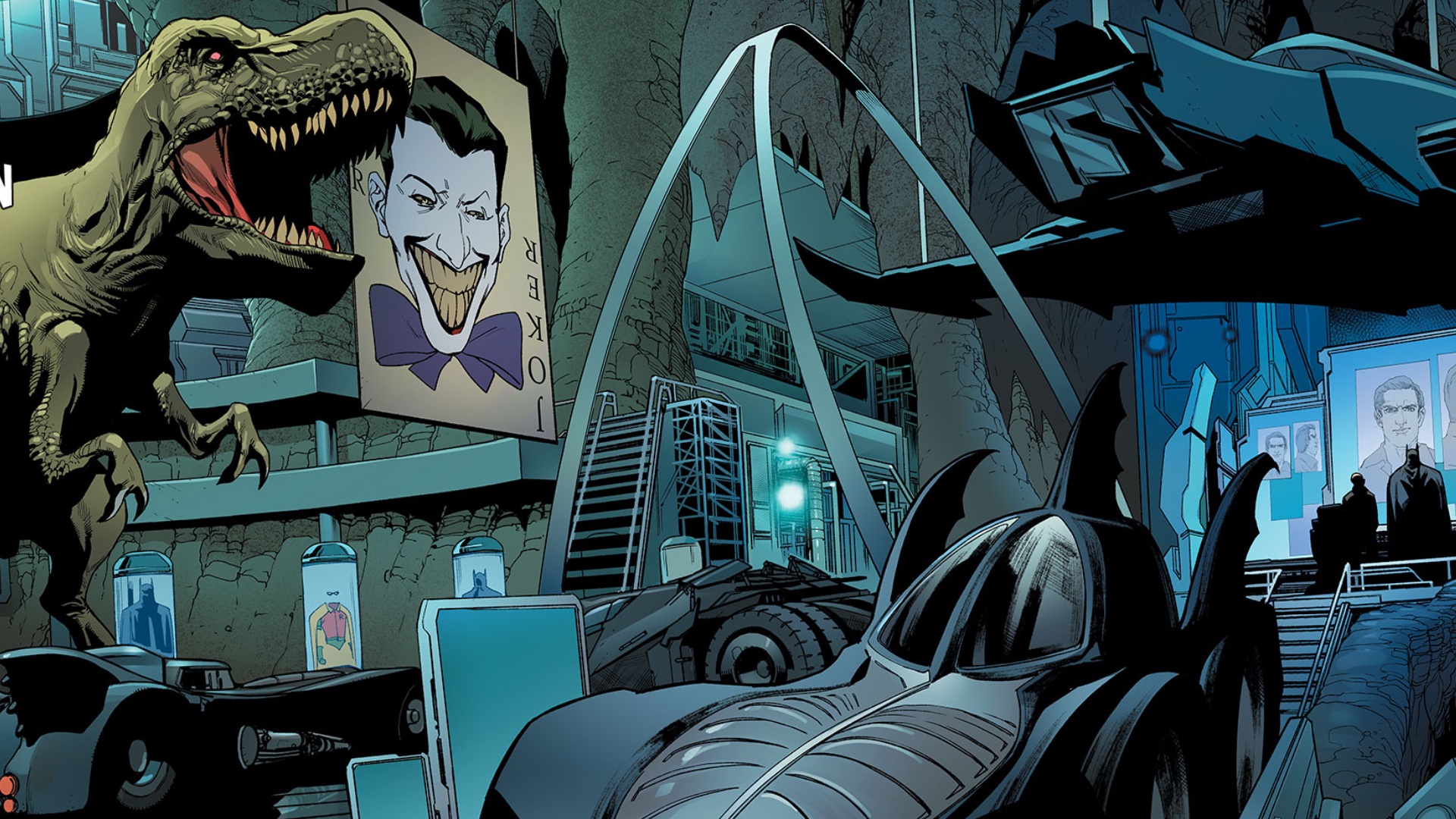
Could the top entry on this list have ever been anything but the Batcave? Seriously, is there a cooler, more secret, more advanced hideout in all of comic books than Batman's lair?
Serving as both headquarters and hideaway for the Dark Knight, the Batcave houses all of the most state-of-the-art crime-fighting and forensics equipment, as well as serving as a hanger for Batman's various vehicles, and a museum of some of Batman's greatest triumphs and tragedies.
Is there any fan out there who can't picture the Batcave, with one wall taken up by a massive Bat-Computer, the T-Rex, and giant penny casting long shadows over Batman's already moody lair, and the costumes of various Robins – and other Bat-family heroes – suspended in glass cases, reminders of Batman's past?
If there's one thing Christopher Nolan's Dark Knight trilogy failed to do, it was to present a definitive version of the Batcave. Fortunately, Batman v Superman: Dawn of Justice and Justice League included a more comic book-influenced version of Batman's iconic lair.
I've been Newsarama's resident Marvel Comics expert and general comic book historian since 2011. I've also been the on-site reporter at most major comic conventions such as Comic-Con International: San Diego, New York Comic Con, and C2E2. Outside of comic journalism, I am the artist of many weird pictures, and the guitarist of many heavy riffs. (They/Them)
